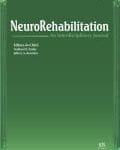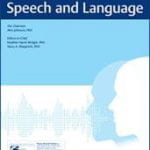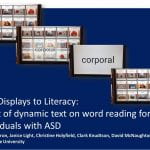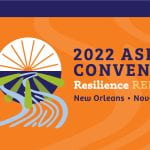Social media use has become a conventional form of communication. Yet recognition of the value of social media (and other electronic modalities) for individuals who use AAC has not been fully translated into practice. As with her ASHA 2016 poster session, Dr. Caron’s article builds on how the proposed framework can assist in clinical practice and future research directions.
Search Results for: Caron
Playing the Long Game: Considering the Future of AAC Research and Service — Publication
“In the case of forecasting the future of AAC systems and services, the largest risk is not that predictions do not come true, but that the science and the application do not advance.”
Engagement in Social Media Environments for Individuals Who Use AAC — Presentation
This ASHA 2016 poster session reviewed the application of a framework for social media engagement and results from a pilot study will be discussed in relation to interventions for individuals who use AAC.
Grid displays to literacy: Effect of dynamic text on word reading for individuals with ASD — Presentation
Literacy skills are essential to positive outcomes in education, employment, participation and community living. The purpose of this study was to investigate the effects of app features grounded in the state of the science in visual cognitive processing, literacy instruction, and instructional design (Light et al., 2014), as a component in the bridge from picture-based AAC systems to literacy.
Engaging adolescent learners with ASD & CCN in literacy instruction: Effects of adapted instruction — Presentation
No single intervention will have as dramatic effect on a student’s future as a solid foundation in literacy. It is critical that literacy expectations change for adolescents with ASD & CCN, and that these individuals are provided with quality adapted literacy instruction to maximize their participation and communication in an increasingly text-based society.
- « Previous Page
- 1
- …
- 10
- 11
- 12
- 13
- 14
- …
- 17
- Next Page »





